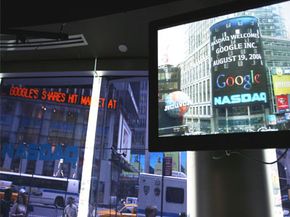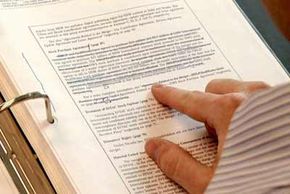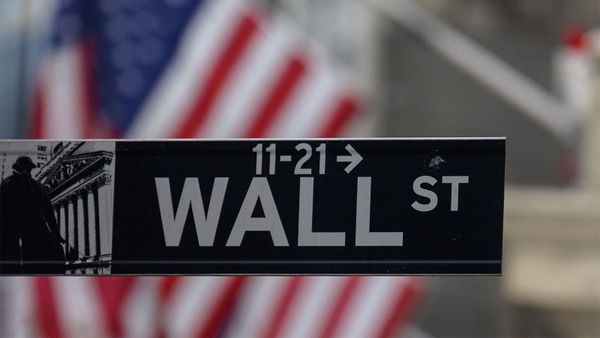There are many different reasons that businesses need money. For example, if you want to start a new airline, you need funds to rent planes, pay for fuel and so forth in order to get the airline off the ground. Or, say you've started a moderately successful small company. To go nationwide, you need a lot of cash.
One way to get a lot of cash is for a company to decide to "go public." That is, the company decides to sell stock to the general public on a public stock market like the NASDAQ stock exchange. To this end, the company creates an IPO, or an initial public offering. In this article we'll look at how IPOs work on the NASDAQ stock exchange so that you can get a high-level understanding of this fascinating process.
Advertisement
What is an IPO?
The name "initial public offering" pretty much says it all:
- An IPO is a stock offering. That is, a company is deciding to offer new shares of stock to investors.
- An IPO is a public offering of stock. That is, the stock will be listed on a public stock exchange so that individual investors can freely buy and sell. The alternative would be a private offering, where a handful of investors participate, perhaps without any knowledge of the general public.
- Finally, an IPO is an initial offering. That is, the company is offering stock on a public exchange for the first time. A company may later offer more stock to the public, but it will not be an IPO.
One reason that a company does an IPO is to raise cash -- usually, lots of cash. For example, when Google did its IPO in 2004, it sold approximately 20 million shares of stock for $85 a share. In other words, Google raised about $1.7 billion dollars.
In the process of selling the stock in the IPO, the company receives a healthy chunk of money in its bank account. It can then spend that money any way it sees fit.
Advertisement



